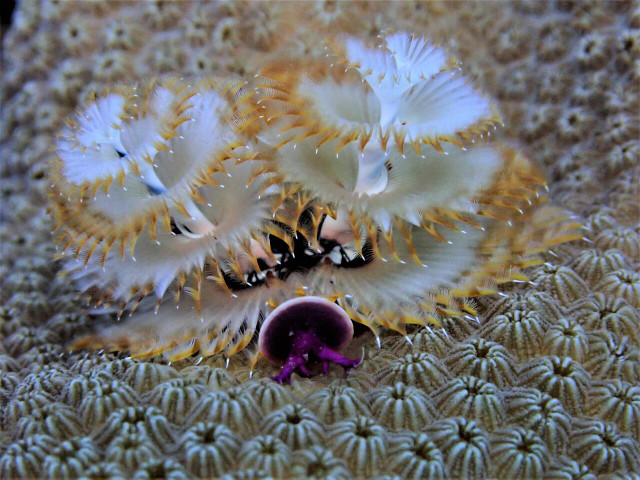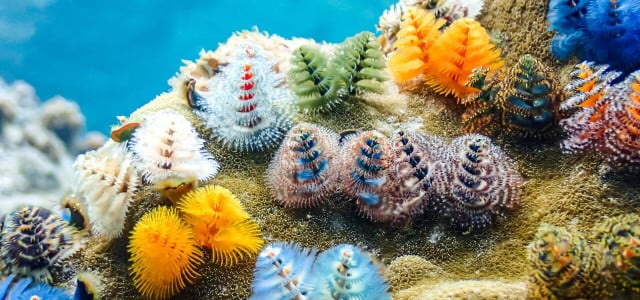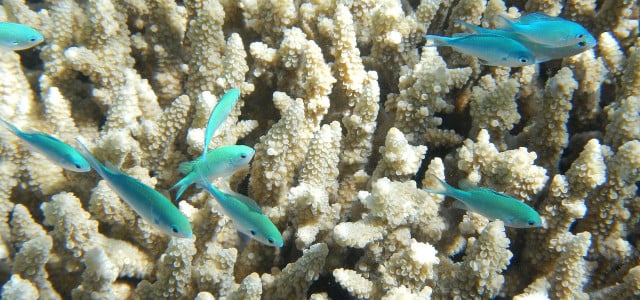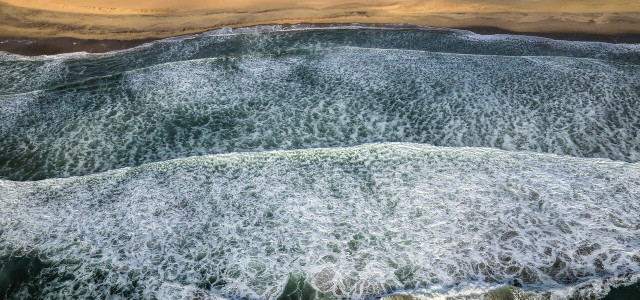Have you ever heard of the Christmas Tree Worm? It isn't a standard earthworm, it actually lives under the sea. Learn more about this fascinating creature.
The term Christmas tree worm may conjure up images of some sort of parasite that will eat and destroy your perfectly decorated tree, but you don’t need to worry. The Christmas tree worm, Spirobranchus giganteus, is a type of polychaete and gets its name from its appearance.
Polychaetes are marine worms that are among the most common marine organisms. There are over 10,000 known species, each with its own unique traits ranging from bioluminescence to bright colors. The Christmas tree worm is one of the species known for its bright colors. They’re relatively small compared to other species, only growing up to 1.5 inches in length on average.
Marine worms play a vital role in the development and sustainability of many marine ecosystems as they help convert organic debris into carbon dioxide. They aren’t limited to the oceans, in fact, some species make their homes in tide pools along the shore or in lowland waters.
Where Do Christmas Tree Worms Live?

(Foto: CC0 / Pixabay / Klicker)
As mentioned, these are marine worms, meaning they make their home in the oceans and ocean-adjacent ecosystems around the world. More specifically, the Christmas tree worm builds tube homes in holes burrowed into live tropical coral. There can be so many concentrated in one place that it appears a small forest has started to grow on the coral reef. They live in a symbiotic relationship with the coral.
Once these worms have buried themselves into the coral, they extend feather-like structures called radioles which help give the appearance of a Christmas tree. These radioles are used to breathe and grab phytoplankton and other small particles in the ocean to eat.
Can the Christmas Tree Worm Move?



(Foto: CC0 Public Domain / Pexels / Magda Ehlers)
They are fairly sedentary, meaning that once they find a home they like, they tend not to move from it. Another cool feature of this species is that they can hide their feathery plumes and shrink down into their tubes when in danger and wait for the threat to pass. One of their main predators is the butterflyfish.



(Foto: CC0 Public Domain / Pexels / Keenan Novis )
Christmas tree worms are just one of over 225,000 identified species that live in marine ecosystems. In order to ensure their survival, we need to protect our oceans and waterways. Everyday ways to combat climate change are a great place to start, as is educating yourself through sustainability and climate change podcasts.
Read more:
- What Do Corals Eat & How Is It Affected by Climate Change?
- These 7 Surprising Items Release Microplastics into the Ocean
- Why Ocean Seaweed Is Good for You and the Environment
Do you like this post?








